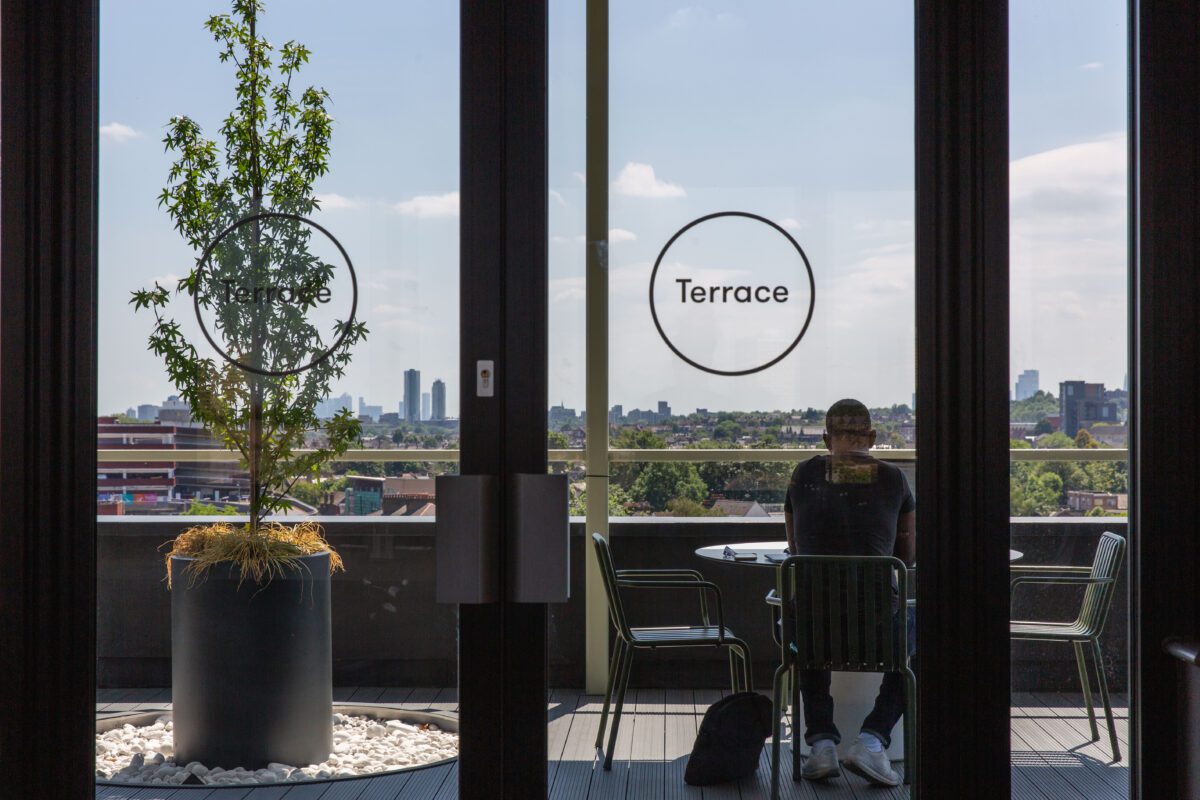Team productivity, like personal productivity, is impacted by a litany of factors, from how we work, to where we work and even why we work. And, with so many moving parts to your business, getting lost in the day-to-day can lead to a silent slump in overall productivity.
So, consider this your moment to stop, take a breath and look at the ecosystem in place for the productivity of your workforce. You never know where you could find a new opportunity for growth.
Imagine this; all your employees are fulfilled, there’s a positive hustle and bustle where KPIs are always smashed, your culture is thriving and everyone is on course for reaching your company objectives together. It’s a nice dream, and it’s one that can seem far too utopian to be true. But, with a few small changes, you can get pretty close.
Keep reading to learn some quick fixes and long-term investments you can make to improve working conditions and boost team productivity.
Finding opportunities for productivity
It’s only possible to improve if you can see where you might be falling short. Whilst this seems daunting, getting a better viewpoint on where you are can be incredibly empowering. It also signals to your team that you are actively invested in creating a better working environment.
- Assessing your workspace
Understanding the place where your team works can reveal key insights about productivity. Look at the numbers; how many people are in the office? Working from home? Or hybrid? Low office attendance could signal an issue with your functional workspace.
- Review workloads and meetings
How much of your team’s time is free for actual work, and how much is tied up in meetings? Are sprints always falling behind? And are deadlines consistently tight? The answers to these questions will be the most valuable thing you can get for your team.
- Take a look at your culture
A good culture binds a team better than any other practice. So, what are you doing to nourish it? How often do you get together or connect as people outside your roles? This is especially important to address if you are a team who works remotely or in a hybrid system.
- Planning for the future
Whether for the business, team or employee. Looking to the future, are there set goals with a clearly defined path to get there? Moving beyond the day-to-day can be incredibly difficult without a goalpost to strive towards.
But how do I get this information?
The best way to get these answers will always be from the people who live in your company daily. The best practice for this kind of data retrieval is via an anonymous form. This will give you the most honest results that you may not get from an open public forum.
Now, with a wealth of information, you can begin the ultimate improvement plan and reap the rewards of better working conditions.

Creating a practical plan for better productivity
With points for improvements identified, take a look at some of our best tips for each part of your team’s working ecosystem.
- Increasing workspace quality
Whether working from home, coworking or in the office, there’s a huge range of quick fixes and long-term improvements. Consider a WFH budget, improving your office’s functional and aesthetic design or, if a lack of suitable workspace is your issue, consider switching to coworking spaces (see our guide for businesses making the change here).
- Managing workloads and meetings
Invest in project management tools to keep track of projects, conduct regular all-hands meetings for updates and create spaces for people to air concerns around timelines. Increase the frequency of one-on-ones with line managers and assess your resource-to-output ratio.
- Creating positive culture
Culture is a very broad term, but for the most part, it can be separated into two areas, living the company ethos and creating a social environment. Check in with your values and make sure your actions are aligning. For social culture, create space for frequent socialisation, weekly and monthly. This can be anything from a virtual team catchup to an after-work activity like bowling, darts, dinner or a picnic. It doesn’t need to be grand; it just needs to be comfortable and accessible.
- Prioritising personal growth
Invest in performance reviews, set goals for employees, have regular check-ins, nurture external learning and take an active interest in what the company can do for the employee, not just what they can do for you.
With these four core bases of environment, output, attitude and ambition covered, you will have created a stronger individual and team dynamic that feels supportive and collaborative. And with all of these working factors improved, teams are sure to be more productive.
Looking for more ways to improve your business practices? Explore a wealth of knowledge on everything from workplace design to productivity tips on the Clockwise blog.




